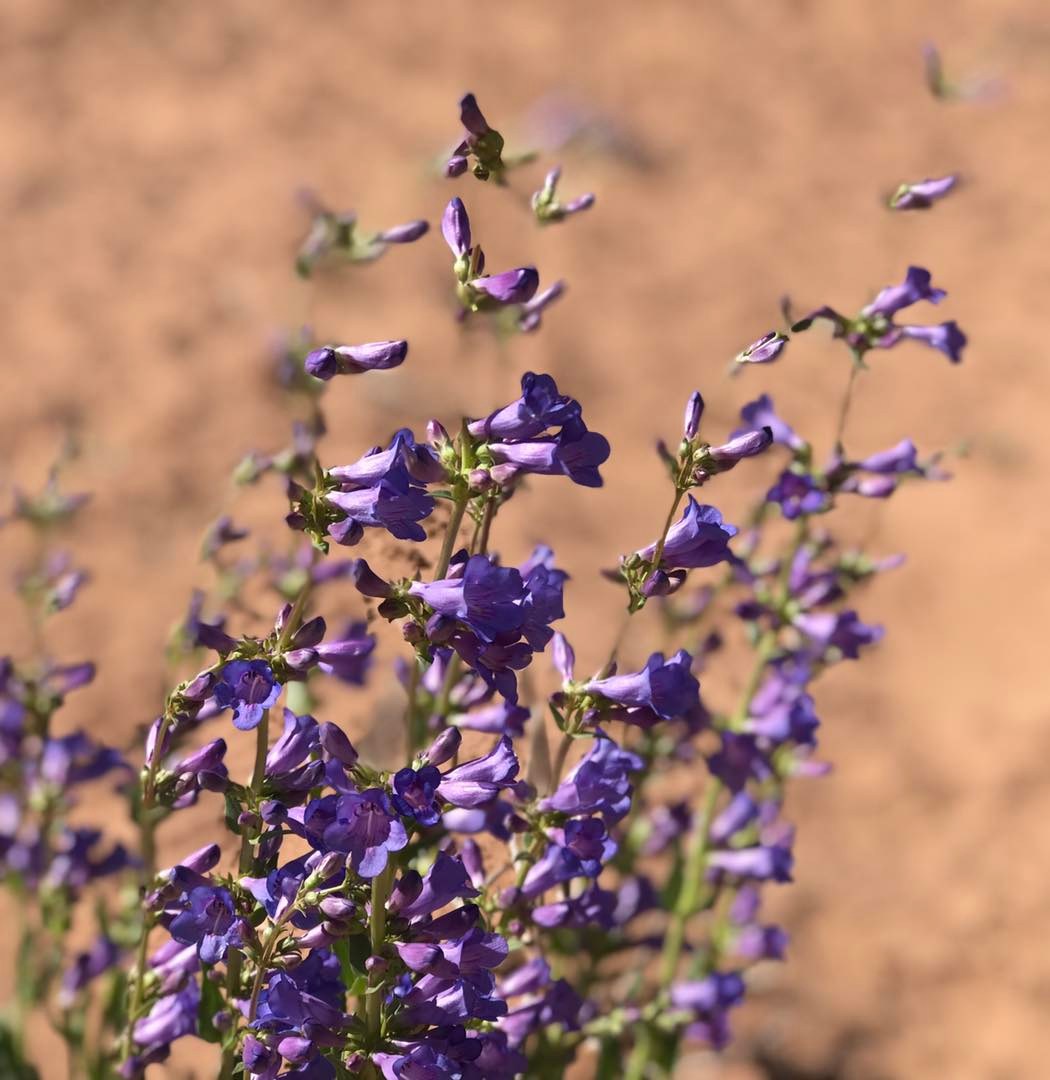Some information may be outdated.
Science Moab is excited to partner with the Southern Utah Science Cafe in St. George, who share our goal of having fun public conversations about scientific topics that impact our daily lives. We’re taking this opportunity to share an interesting conversation the Cafe held recently regarding Utah’s favorite insect: the bee! Bees are seen everywhere, pollinating flowers and decorating state flags. Joan Meiners, ecologist and environmental data journalist, talks about the fascinating science of bees that make them even more attractive!
Southern Utah Science Cafe: How did you get so into bees in the first place?
Meiners: I collected a lot of insects and bees as a kid and liked to see how they were put together, and then I actually ended up doing my eighth-grade science fair project on bees, so I’ve had a lifelong interest in bees. And so I pursued that all the way through a master’s degree and a Ph.D.
Science Cafe: How many bees are there in the world? Do you have any favorites?
Meiners: There are somewhere between 20 and 30,000 species of bees in the world. There’s probably a lot yet to be described that are really rare and only occur in very localized little patches of habitat. A lot of them are really tiny. So there’s a lot yet to be known about these. One of my favorites is a species called Diadasia rinconis, a cactus bee. That one is a cactus specialist which only visits cacti in dry desert areas. And it’s just really cute and fuzzy and it’s rare.
Science Cafe: You’ve done some work in Pinnacles National Park. What makes that park such a hotspot for local pollinator diversity?
Meiners: First of all, there are 450 species of bees in Pinnacles, which is only about 67 square miles, so it’s astonishing that there are that many species of bees all cohabiting in that area. I spent two years going to many different habitats across the park, sampling the bees that were there and recording data about the habitats themselves, to try to figure out which ones are the most important for biodiversity. It’s a very unique habitat where there are a lot of different types of vegetation and soil types and wildflower compositions that all alternate in patches because there’s an elevational gradient. It’s also on a couple of fault lines, so some plates shifted over time and brought together different soil types. It’s also right at the transition zone from Northern California flora to Southern California flora.
Science Cafe: How do you determine when you’ve found a new species of bee?
Meiners: I worked in a lab that is focused on systematics, or taxonomy, which determines whether a newly found bee is a new species, or if two existing species need to be merged into one. It’s an interesting dynamic because we think of species as being these very distinct categories. We don’t really talk about it all being on an evolutionary spectrum where somebody has to draw a line somewhere.
Science Cafe: You did a study in Pinnacles about bees surviving without flowers. What do the bees do?
Meiners: It was February when we started. I had a couple of weeks before really anything was blooming to try to set up my plots and figure out what my protocol was going to be. I was out there wandering around these dreary, cold landscapes where nothing was blooming, but I was still seeing bees, so I was confused as to what was going on. I found that the bees were actually accessing honeydew, which is a secretion by another insect called a scale insect that attaches to plants and sucks out the fluid from plants. It takes the nutrients it wants and then excretes this sugary liquid. The bees were finding this honeydew, which I thought was fascinating. Our whole understanding of why flowers spend energy producing showy petals and colors is theoretically to attract pollinators. But if pollinators can find sugar that’s not at all advertised, what’s going on?
Science Cafe: Did you ever come to a solid hypothesis as to how they find it?
Meiners: I think we called it social eavesdropping. Our hypothesis, which was based on a few different analyses, was that one bee flying through the habitat finds this honeydew by chance, and then its activity around that plant attracts other bees. These are all solitary species that aren’t known to interact with other bees at all. But then when a couple of bees are on a plant, all of a sudden, many more land there.
Science Moab is a nonprofit dedicated to engaging community members and visitors with the science happening in Southeast Utah and the Colorado Plateau. To learn more and listen to the rest of this interview, visit www.sciencemoab.org/radio. This interview has been edited for clarity.
Appreciate the coverage? Help keep local news alive.
Chip in to support the Moab Sun News.





